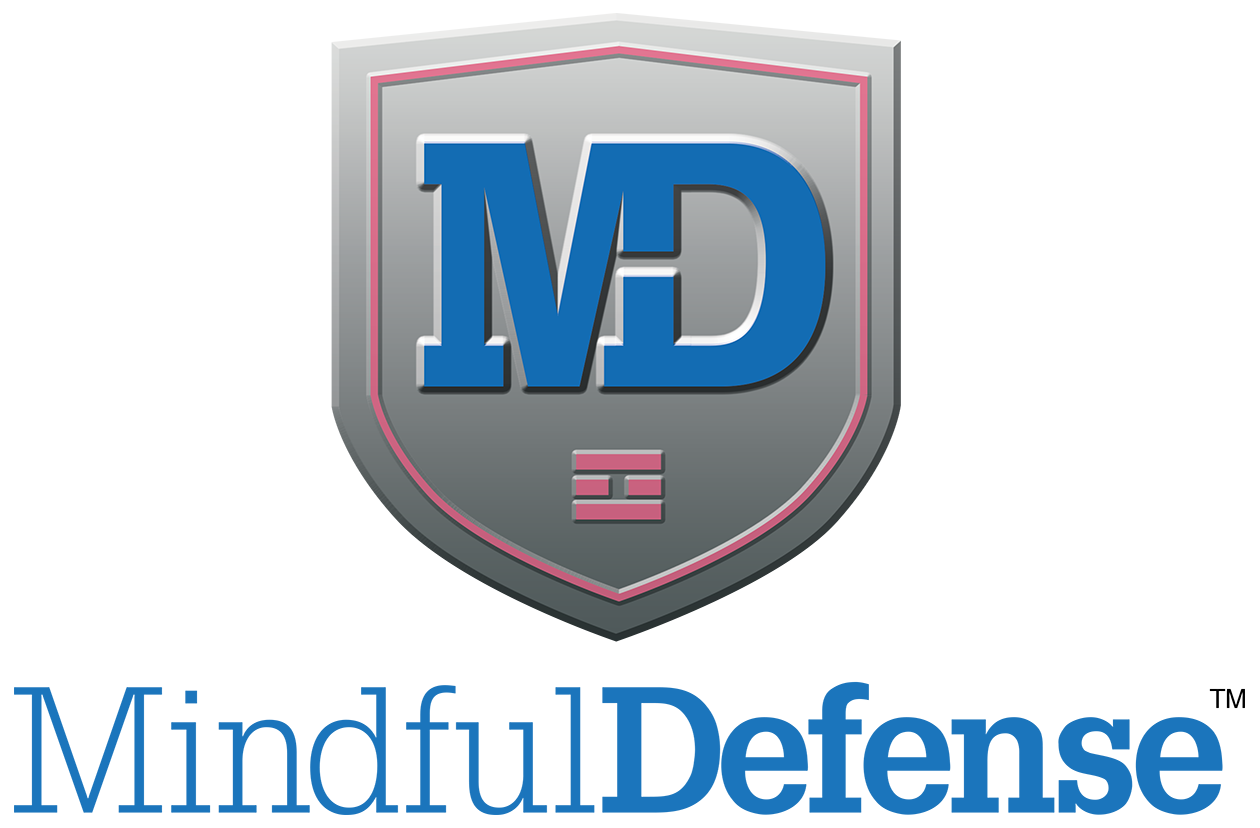Proximity to your attacker will dictate the hand-to-hand combatives you use to defend yourself. When your attacker is very close, punches and kicks may not be an option. Knees and elbows are excellent choices when it comes to delivering powerful blows when your attacker is very close. Here are some things to consider when making knee and elbow strikes part of your self-defense training.
Advantages of Knees and Elbows
The advantages of striking with the knees and elbows are many. These include:
- Extremely Powerful: Knees and elbows are relatively close to your core. They are anchored tightly by your hips and shoulders. This prevents leverage from taking power away from the strike. When done properly, the power of your core can deliver devastating elbows and knees.
- Effective Up Close: By definition, up close strikes are hard to see coming and difficult to defend against. Knees and elbows are very hard and put a lot of power on the target.
- Minimal Training: You can learn to deliver effective strikes with your knees and elbows with minimal training. Spend a few minutes on a punching bag and you will see that you can hit very hard with just a little bit of coaching.
- Minimal Chance of Hurting Yourself: Striking an attacker can result in injuries to yourself. For example, punching a moving target and hitting an elbow, head or knee can easily result in a broken hand. This happens all the time. Elbows and knees are less prone to injury when delivering strikes.
- Strike From Many Positions: Elbows and knees can b delivered from almost any position. This includes standing, on the ground, lying down or sitting in a chair. You can control the positions from which you will have to defend yourself. Therefore, make sure you have techniques that are adaptable to the dynamics of any given encounter.
- Gross Motor Movement: When you are in a confrontation and your adrenaline is pumping, you most likely rely upon gross motor movements to defend yourself. Your ability to use fine motor skills will be greatly diminished. Striking with your knees and elbows require only gross motor movements.
Targets
When executed with speed and determination, almost any part of the body can be harmed with a knee or elbow strike. Below are some targets that take priority if the situation allows.
- Thigh: A powerful impact on the thigh is extremely painful and an excellent way to create an avenue of escape.
- Groin/Pelvic Girdle: Regardless of gender, getting hit in the midsection or below the waist hurts. A well-placed, powerful blow to the groin can temporarily disable an attacker.
- Ribs: Ribs are easily broken and are a large target that is painful when struck. The lower, floating ribs are excellent targets for knees and elbows.
- Face: Striking someone in the jaw or chin can have serious results. The jaw, chin, nose, cheeks, upper lip, and mouth are all prime targets.
Effective Striking
Effective striking takes commitment. By commitment, I mean mental and physical determination to deliver a powerful strike. You cannot hesitate and must land your strikes with the maximum amount of speed and power. Here are a few things you can do to increase the effectiveness of your striking.
- Weld Your Shoulder: When throwing elbows treat your shoulder as if it is “welded” in place and cannot move. This keeps it from acting a shock absorber on impact. Furthermore, this forces you to use your powerful core to deliver the strike and not the motion of driving your elbow with your arm. It is imperative that elbow strikes are powered by the rotation of your core and not movement in your shoulder.
- Power with Your Core: Your core is one of the strongest components on your body. Use your core drove strikes. Use your abs and rotation in your core to power your knee and elbow strikes.
- Brace the Target: Bracing the target is a force multiplier that can deliver more power. There are an infinite amount of ways to “brace” your target. Bracing is simply controlling your target on impact so that it doesn’t move back and lessen the blow. Examples of bracing include clenching an attacker’s head as you drive a knee into his face, pushing someone against a wall or car to prevent them from moving as you land blows.
- Combine with Tactics: You do not want to “telegraph” your technique. Telegraphing is when you do something that indicates your intent. For example, let’s say you are about to throw an elbow and do a huge “wind up” of your waist to load the elbow. Your attacker will know that you are preparing to strike. Rather than telegraph your technique, preface it with some tactics to hide your intent. For example, pretend like you are going to comply with an aggressor and do not want any problems. Raise your arms up and slightly turn your body with one foot in front of the other. Say, “Hey, I don’t want any trouble I will do what you say.” In reality, you are not complying. You now have your elbow at the height of the aggressor’s jaw, your core perpendicular to his and your elbow is ready to be delivered. You can now deliver your strike with little to no telegraphing.
Knees and elbows are highly effective techniques that can be delivered by all skill levels. When combined with mindset and tactics, your opponent should have no idea a strike is coming until the impact is felt.

